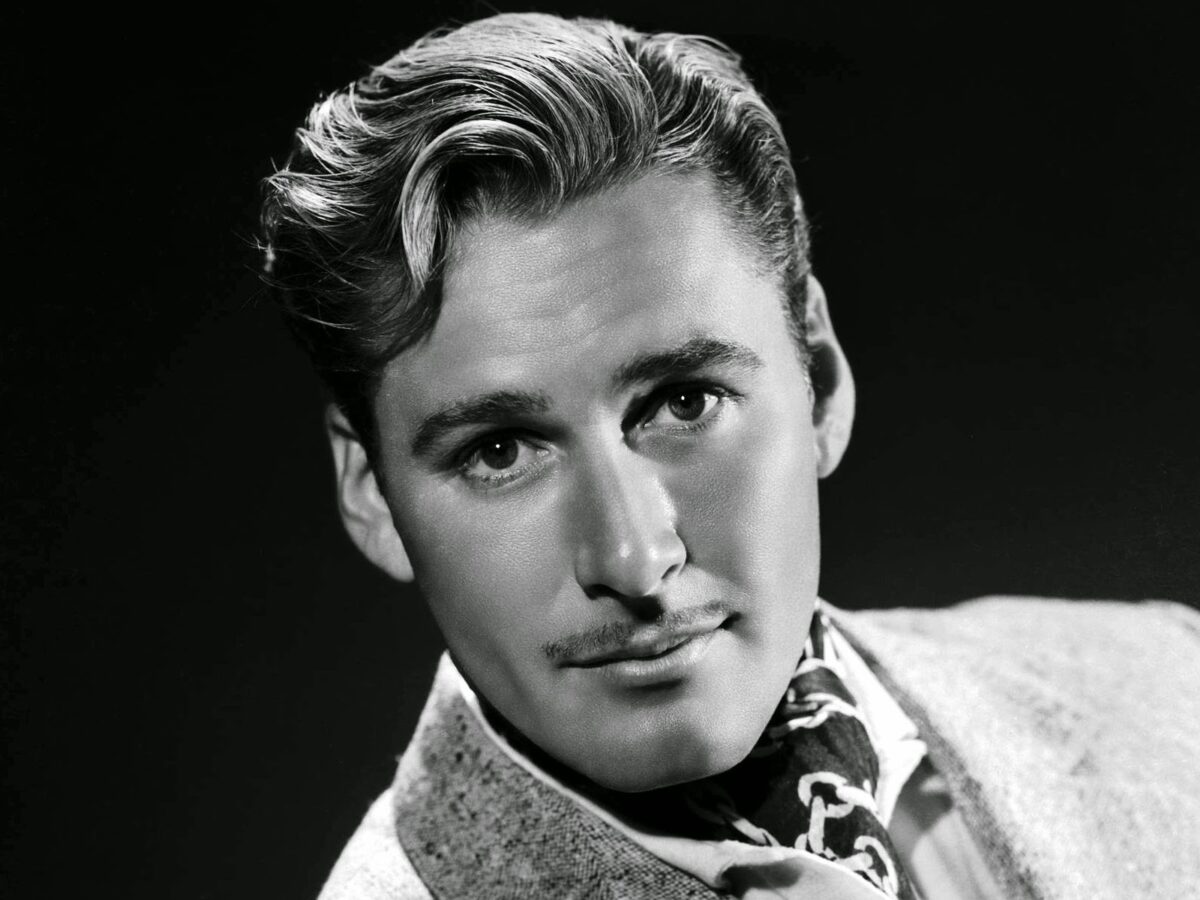The way you style your hair has come a long way since the days of gelling it down with lard. Twentieth-century men’s hairstyles have largely been influenced bicultural trends, political movements, and celebrities. Some have been iconic, history-making do’s and others have been downright high-maintenance hairstyles best not to make a comeback. Here are the most iconic men’s hairstyles over the last century, and in this installment, from the 20’s to the late 60’s.
1920s
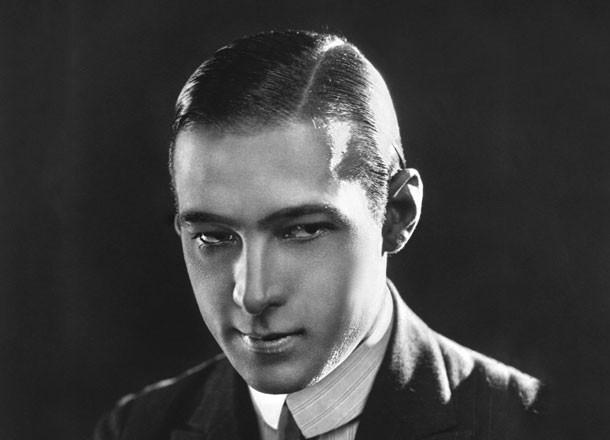
In the 1920s, men were clean shaven and wore their hair mostly under a hat. However, beneath the hat hair was pin straight, slicked straight back and with a center or side part with the use of Brilliantine to give a high gloss. Style icons of the day were Rudolph Valentino and Fred Astaire, and it was the era of ‘The Great Gatsby’.
1930s
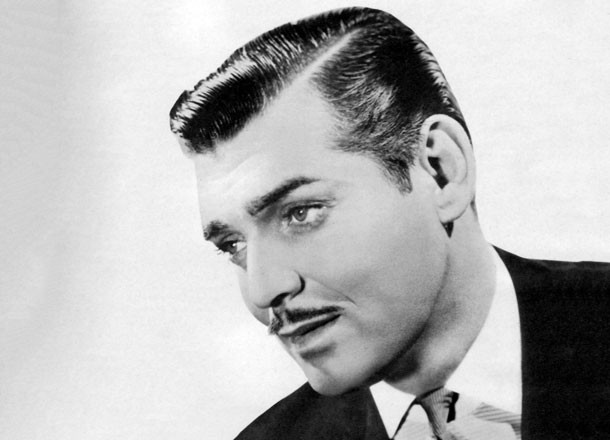
During the 1930s, it would have been unthinkable for a man to wear long hair. Hollywood was a massive influence and men styled themselves in the fashion of movie icons like Carey Grant, Jimmy Stewart and Clark Gable.
The typical 1930s cut was neat and clean around the ear and tapered down to nothing at the nape, blending up into a longer top length set in place with products like grooming creams and pomades. This has morphed into what we today call ‘the fade’. As it was also the post-Depression period, for those who couldn’t afford the barber, home or backyard haircuts we were rougher and ruder with the back and sides clipped or shaved off, and a longer top controlled by a cheaper grease product. Today these influences can be seen in the current undercuts or disconnected looks.
Curated news for men,
delivered to your inbox.
Join the DMARGE newsletter — Be the first to receive the latest news and exclusive stories on style, travel, luxury, cars, and watches. Straight to your inbox.
1940s
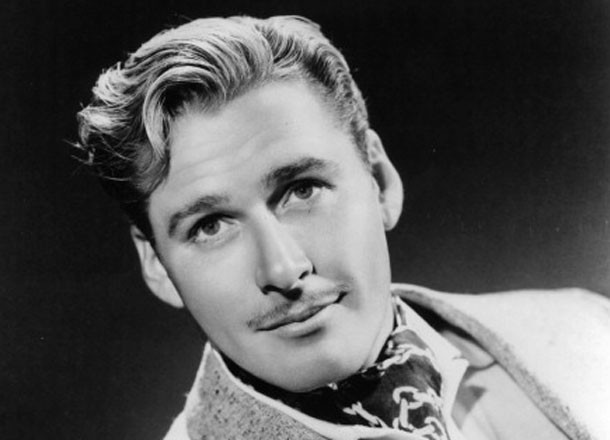
The 1940s were influenced by the golden age of Cinema Jazz and World War II. The era’s short cropped military cuts which were practical, neat and easily maintained have paved the way for today’s versions of buzz cuts, flat tops and crew cuts.
The 1940s aesthetic was a bridge between the first part of the century characterized by short styles and the latter of increasingly wild and experimental culture and fashion. Common styles were short at the sides blending into longer length at the top, hence the phrase “short back and sides”. A side part was very common and slicked back with pomade, and styles remained tidy and refined with nods to icons such as Errol Flynn and Frank Sinatra.
The pompadour begins to emerge again in the 1940s, giving rise to the greasers and rock and roll. Combinations of these looks are a very current trend. Facial hair, on the other hand, began to emerge again with pencil moustaches and goatees.
1950s
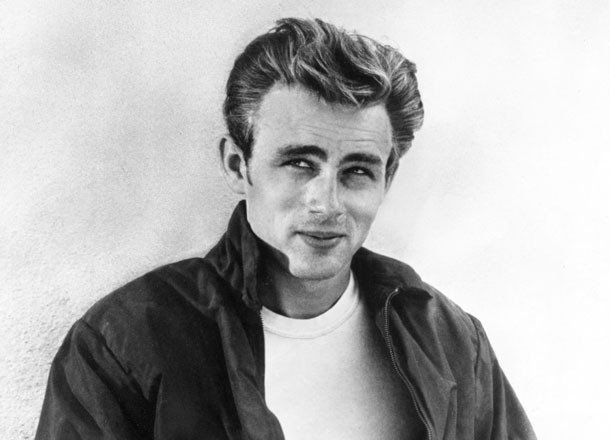
By the 1950s popular music and film stars had a major influence on hairstyles and fashion. Elvis Presley and James Dean made their mark with the high quiff and pompadour style. The ‘ducks tail’ became an emblematic coiffure of disaffected males in the 50s.
The regular haircut or ‘Ivy League’ was side parted with a tapered back and sides, think Steve McQueen. However, crew cuts had begun to decline in popularity by the end of the decade.
1960s

From The Beatles to Bob Marley, the psychedelic 60s marked a time in music culture and radical change reflected in men’s hairstyles. Full-fringed longer cuts were extremely popular, from a sleek, blunt style, to a more layered shaggy do worn by Ringo Starr. Longer hair became more popular in the latter part of the 60s and into the 70s.
The ever-conservative crew cut and flat tops were still around from the 50s. Males had a variety of choices to choose from and facial hair became more popular in the form of sideburns.
Late 60s

The leaders of fashion in the mid-60s were the British. The Mods (modernists) were characterized by their sharp, clean cut high fashion style influenced by designers from Italy and France, and popularized Vespa. The lifestyle and fashion of the Mods was completely opposite to that of their rivals, the Rockers, who wore greased pompadours and leather jackets and rode motorbikes.
Carnaby Street and Kings Road were the birthplace of the new Edwardian. Men wore double-breasted suits of crushed velvet, waistcoats, shirts with frilled collars and hair below the collar bone, a dandified look epitomized by Rolling Stone guitarist Brian Jones.
By the end of the 60s, the androgynous look began to emerge and men began to let their hair grow long, sideburns morphed into full beards and headbands replaced hats. This was the beginning of the hippie movement, and the rest is history (or at least, our next installment of iconic men’s hairstyles).
